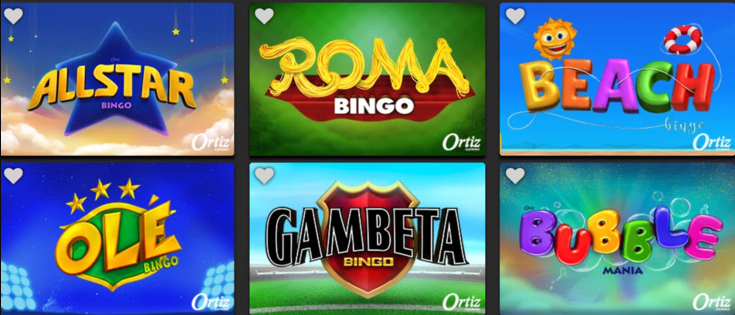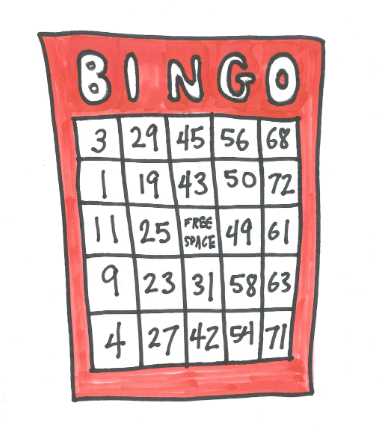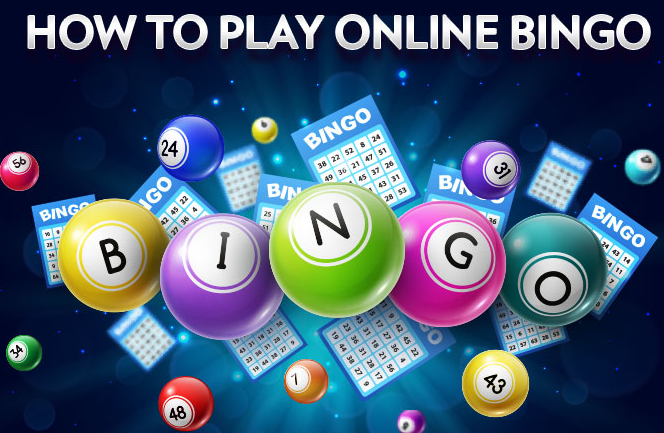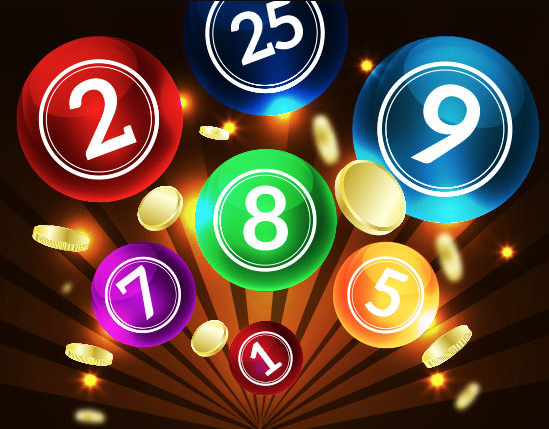The chance of winning bingo varies, but generally, with 75 numbers and one card per player, it’s about 1 in 25 or a 4% chance per game.
Understanding Bingo Probabilities
Understanding the probabilities of winning in bingo requires a grasp of the basic concepts of probability and a look at the specific mathematical model that applies to bingo. This knowledge then informs the strategies players use to increase their odds of winning.
Probability Basics
Probability forms the foundation of any game of chance, and bingo is no exception. In bingo, the probability of any given number being called is equal to one divided by the number of balls remaining in the drum. As the game progresses, these odds change with each number called. For instance, if a bingo game starts with 75 numbers, the probability of the first number being called is 1 in 75. After that, if the number has not been called, it becomes 1 in 74, and so on.

Mathematical Model of Bingo
The mathematical model of bingo considers the total number of cards in play and the patterns needed to win. The chance of winning a game of bingo can be modeled using a hypergeometric distribution, which calculates the probability of a certain number of successes in a series of draws from a finite population without replacement. For example, if a player needs to cover five numbers in a row, the model will calculate the probability based on the number of ways those numbers can appear on the card.
Factors Affecting Winning Chances
Several factors affect a player’s chance of winning at bingo. The number of cards in play is a direct factor: more cards in play diminish an individual’s chance of winning, as competition is higher. Additionally, the number of players in a game, the variety of possible winning patterns, and the distribution of numbers called all play a role. A game with 100 players each holding a single card will have different odds from a game with 10 players each holding ten cards.
Strategies for Increasing Winning Odds in Bingo
To increase the odds of winning, players often employ various strategies. One such strategy is card selection. Players may choose cards that do not duplicate the numbers they already have, increasing the spread of numbers they play and potentially their chances of hitting a winning pattern. Understanding game patterns is also crucial. For instance, certain bingo games may offer a higher probability of winning with a specific pattern, which savvy players will target. However, players must also be aware of common myths, such as the gambler’s fallacy, which incorrectly assumes that past events can influence future outcomes in a purely random game.
Linking these concepts to real-world scenarios, the speed of the game and the quality of the materials used for bingo cards can also impact a player’s experience. Speed affects the time available to mark cards accurately, while the durability of cards can influence their longevity and, by extension, the cost-effectiveness for frequent players. The price of bingo cards varies, with some games offering cards for a few cents and others charging more, which can affect a player’s budget and overall expenses dedicated to the game.
Statistical Analysis of Bingo Games
In-depth statistical analysis is critical for understanding the dynamics and outcomes of bingo games. This analysis extends from data collection methods to the interpretation of results and finally, to applying findings in real-world scenarios or case studies.
Data Collection and Analysis
Effective data collection in bingo requires tracking the numbers called during a game and the patterns completed on each card. Analysts can record these details over hundreds or thousands of games to discern patterns and frequencies. For instance, cost analysis of data collection reveals that employing automated number tracking software increases efficiency, reducing human error and labor costs. The speed of data processing with such software can process a bingo game’s data in seconds, where manual tracking would take minutes.

Interpretation of Bingo Game Data
Interpreting this data involves examining the distribution of winning numbers and identifying any anomalies or expected probabilities. For instance, the time to completion of a bingo game may average at 10 minutes but may vary with the number of players and the complexity of the winning pattern. This variability can affect the duration of bingo sessions and, consequently, the venue’s operational costs and revenue.
Case Studies
Case studies in bingo statistical analysis can provide valuable insights. For example, a case study on the lifespan of a bingo card might reveal that high-quality paper or plastic cards last for an average of 5 years with weekly use, while low-quality cards may need replacement every few months. This impacts the material costs and the environmental footprint of bingo operations. Another case study could examine the value of progressive jackpot bingo games, which can accumulate prizes worth thousands of dollars over time, influencing player turnout and the financial strategies of bingo halls.
Advanced tools such as computer simulation and comparative studies with other lottery games underscore the depth of statistical analysis in enhancing the understanding of bingo probabilities. Analysis of random number generation (RNG) technology is crucial to ensuring the integrity and fairness of the game. Studies show that true RNGs must pass rigorous tests for unpredictability and uniform distribution, criteria essential for fair play and adherence to gaming laws.
Through careful analysis, stakeholders can determine the optimal balance between game attractiveness, profitability, and legal compliance. By integrating statistical data with strategic planning, bingo halls can set prices that ensure both competitiveness in the market and financial sustainability. For players, this data translates into a better grasp of the game’s value proposition, allowing them to make more informed decisions about participation and expenditure.
As with any gambling-related entertainment, the speed of play and the quality of the experience are pivotal. High-speed bingo games may increase the thrill but also raise the risk of rapid loss, affecting the perception of value and satisfaction. Conversely, games with a slower pace allow for a more social experience, potentially increasing player retention and long-term success for bingo establishments.
Advanced Topics in Bingo Probabilities
Exploring advanced topics in bingo probabilities takes us into the realm of computer simulations and comparative studies, where the intricacies of bingo become a field for academic inquiry and sophisticated gaming strategy development.
Computer Simulation of Bingo Games
Computer simulation allows for the modeling of millions of bingo games to forecast outcomes and test theories about number distribution and game strategy. For example, simulations may run scenarios with a fixed budget to determine the expected lifetime value of a bingo card purchase, which could be around $50 for an average player attending weekly sessions over a year. This simulated data helps in understanding how changes in game variables, such as card price—typically ranging from $1 to $5 per card—can affect play frequency and overall spending.

Comparative Study of Bingo and Other Lottery Games
Comparative studies provide insight into bingo’s odds in relation to other forms of lottery games. For instance, while the odds of winning a national lottery game might be one in several million, bingo players might face odds of one in several hundred or thousand, depending on the number of cards in play and the player count. Such comparisons emphasize bingo’s relative appeal and can affect a player’s decision to choose one game over another, based on the balance of cost versus potential reward, where bingo might offer more frequent but smaller wins.
Research on Random Number Generation
Research on random number generation delves into the algorithms that ensure each bingo number call is unpredictable and fair. Rigorous testing involves examining the sequence of numbers for patterns that could compromise randomness. These tests, which can evaluate millions of number sequences, are critical in certifying the quality and integrity of bingo games. RNG research also explores the speed of number calling, which can be adjusted to maintain game tempo, affecting how quickly players reach bingo and thus the pace of turnover in a bingo hall.
Bingo Probability and Gaming Laws
Finally, a thorough grasp of bingo probabilities intersects with gaming laws and regulations, which require that games are conducted fairly and openly. Regulatory compliance might stipulate that the chance of winning should not fall below a certain threshold to prevent exploitation. For instance, regulations may mandate that bingo games provide at least a 75% return-to-player rate, ensuring that players receive a fair portion of the collective stakes over time. Legal cases, such as those challenging the fairness of a game or the disclosure of odds, also rely on statistical evidence to underpin arguments, with outcomes potentially leading to changes in industry practices.
